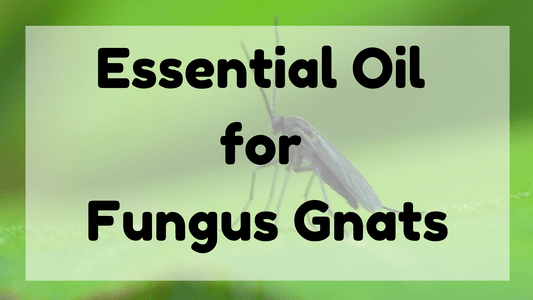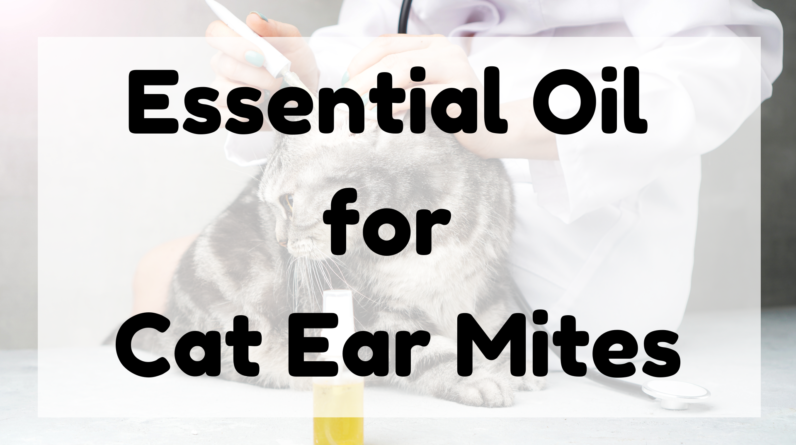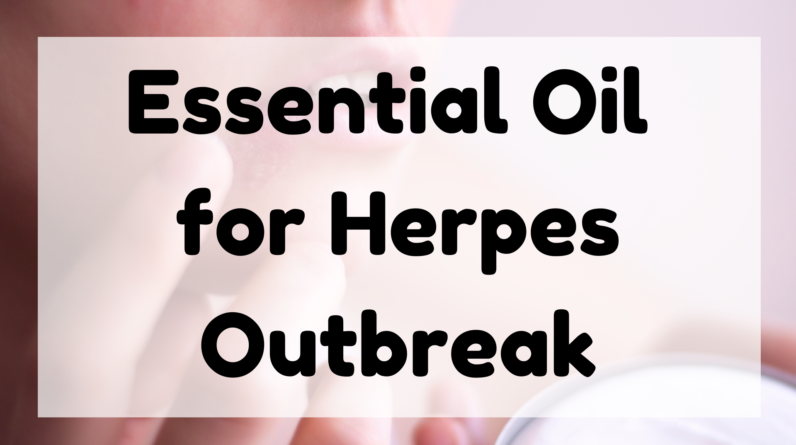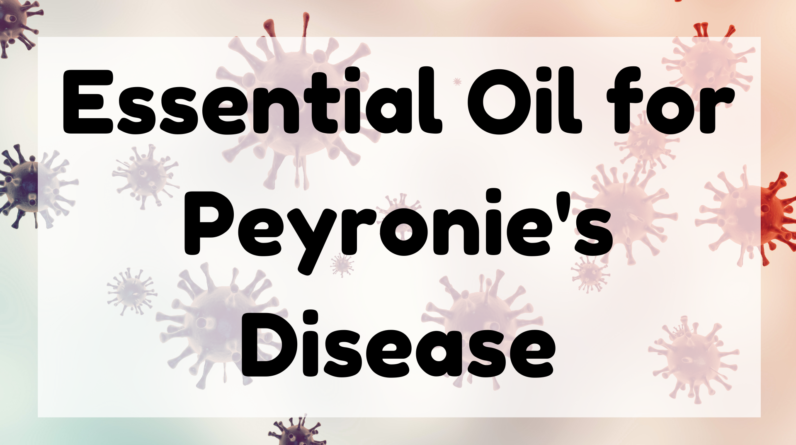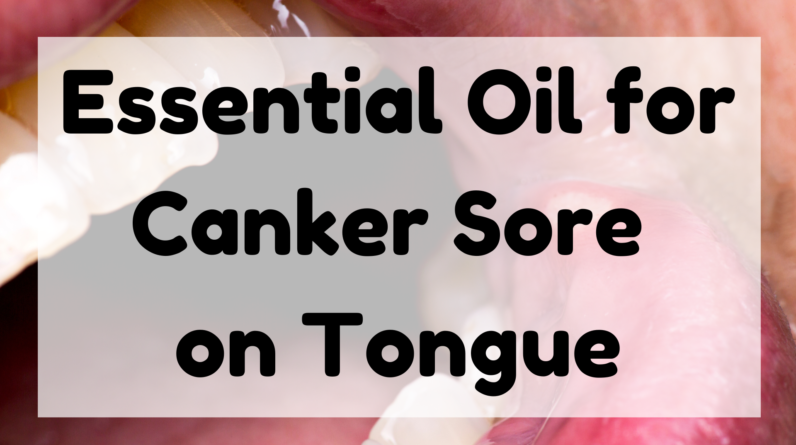Jump Ahead to:
Essential Oil For Fungus Gnats
Are you looking for the Best Essential Oil for Fungus Gnat control?
This article will discuss the Properties of Essential Oils, the Cause of Fungus Gnats, and how to use essential oils to kill fungus gnats.
The next section will discuss some essential oil blends for fungus gnats.
Once you understand what essential oils are, you can choose the best blend for your specific case.
What are Essential Oils
To kill fungus gnats, you can use a drench made from neem oil.
To make a drench, dilute neem oil into one part by four parts of water, then apply it to the affected area.
Apply the spray evenly and allow the mixture to sit for a few hours.
The fungus gnat larvae will be killed on contact.
Another great fungus gnat repellent is Tea Tree oil, which has a strong smell.
Its scent will make gnats flee in disgust.
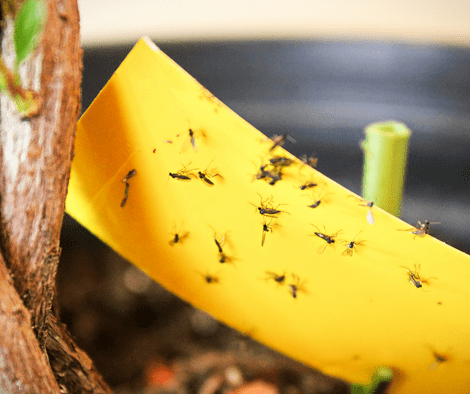
Tea Tree oil also has antibacterial and antiseptic properties.
Diluted essential oils are cheaper and provide better coverage.
Lavender is one example of a great fungus gnat repellent.
You can also purchase a diluted form of essential oils and spray it around the affected area.
Lemongrass and eucalyptus are two popular essential oils for fungus gnat repellents.
Citrus oils are highly effective against gnats, while lemongrass oil repels a wide variety of pests.
However, before using essential oils on your skin, be sure to test them first.
Then, apply them to the affected area.
If the gnats still come back, the spray will repel them without harming the area.
Some people find that peppermint oil is particularly effective for repelling pests and fungus gnats.
Besides peppermint, bergamot, thyme, and lavender are also good essential oils for fungus gnat repellents.
If you’re not familiar with fungus gnats, you might have never noticed them.
These tiny insects have long legs and a chubby appearance.
While fruit flies can be a nuisance, they are also dangerous to plants.
Fungus gnat larvae gnaw on the roots of young seedlings and can cause damping-off, which makes stems tough and stunts growth.
Insecticides are not always effective against fungus gnat larvae.
However, certain essential oils, like neem oil, can help control fungus gnats.
Neem oil is effective against both fungus gnats and their larvae.
This solution can be applied to the affected area of the plants as needed.
And if you’re not sure about the safety of the essential oil, you can try applying it to the affected areas as needed.
Properties of Essential Oil
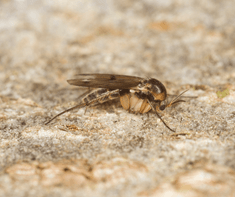
Among the most effective insecticides for fungus gnats is peppermint oil.
Be sure to use organically sourced, 100 percent pure peppermint oil.
Apply it to a cotton ball and place it near houseplants or insect-prone areas.
You can also create a natural room spray using peppermint oil.
Other essential oils that work well against fungus gnats include bergamot, thyme, lavender, and nutmeg.
Neem essential oil is another excellent insecticide.
Added to water, it repels and kills fungus gnats on contact.
Its acidic properties are effective for soft-bodied insects, such as aphids.
However, it may require several applications.
Lastly, use fast sprayers to target fungus gnats directly.
This natural insecticide is a great alternative to toxic insecticides.
Lemon and eucalyptus oils are effective insect repellents.
Lemon-eucalyptus oil has been used for decades as a natural insecticide.
When applied, it emitted a potent aroma that dissuaded fungus gnats from living in the house.
Essential oils can also be diluted for better coverage and more affordable spraying.
The adults of fungus gnats carry aerial conidia of foliar and soil-borne plant pathogenic fungi.
They are a nuisance but cause very little direct damage to plants.
Affected plants may appear stunted and die.
When used in large amounts, the essential oils in fungus gnat repellants are effective at eliminating fungus gnat infestations.
Another essential oil that repels fungus gnats is tea tree oil.
It has an antiseptic, antibacterial, and pleasant scent, making it the perfect repellent.
Tea tree oil is also good for humans. It relieves stress and provides a pleasant feeling.
However, it is not advisable to use it around children as it is harmful to their health.
But if you are determined to use the oil for fungus gnat control, it can be an effective way to get rid of fungus gnats in the home.
Physical barriers that inhibit fungus gnats’ ability to lay eggs are another effective way to kill them.
These barriers prevent adult fungus gnats from entering the eggs and laying them on plants.
Diatomaceous earth and sand are natural deterrents for fungus gnats, but they don’t reduce their population immediately.
However, physical barriers can help inhibit adult emergence and egg survival.
Cause of Fungus Gnats
If you’re dealing with a large infestation of fungus gnats in your home, you should know that the cause of the problem is largely due to the failure of humans to do their part.
It is vital to attack the fungus gnats during two stages of their life cycle before they multiply and spread.
Luckily, there are several methods for getting rid of them.
The first method is to drain any excess water sitting in the affected area.
First, identify the fungus gnats’ breeding grounds.
Fungus gnats lay 300 eggs within a week’s time, and the larvae will hatch after four to six weeks.
The larvae will start snacking on the roots of your house plants.
They will eventually develop into adult fungus gnats and leave your home.
To prevent fungus gnat infestations in your home, follow these tips to get rid of the problem.
The most common cause of fungus gnat infestations in your home is overwatering.
It is vital to let the soil dry between waterings to discourage the gnats.
Let the soil dry completely for about a week before watering.
Or, you can create a solution of soap and water in a spray bottle and spray it directly on the affected area.
Try using a Neem oil or organic insecticidal soap mixture for a more effective solution.
Overwatered plants and dirty garbage cans are common causes of fungus gnat infestations.
Overwatered plants and lawns have moist soil that is ideal for these insects to lay their eggs.
Keeping your home and kitchen drains free of debris can also discourage fungus gnats from entering your home.
You should also keep fruit bowls out of reach because gnats are attracted to the smell.
If you’re not sure what to do, try spraying the fungus gnats.
Then, wait for the gnat larvae to hatch and get to work eating the organic matter in your potting soil.
Once the larvae mature, they pupate and become adult fungus gnats.
Then, you can treat your plants as normal.
But if you’re already removing the infestation, the best thing you can do is prevent the fungus gnats from reproducing.
Best Essential Oil for Fungus Gnats
In order to keep gnats away from your home, you can either use essential oil for this purpose or buy a repellent.
These tiny insects rely on their keen sense of smell to frighten you.
There are several essential oils that are considered to be gnat repellents, including citronella and peppermint.
Peppermint is a gnat-hater, and eucalyptus and cinnamon are also excellent fungicides.
The smell of vanilla is a natural repellent for fungus gnats, and you can try mixing pure vanilla with water to get rid of them.
Pure Vanilla is an effective repellent for both fungus gnats and mosquitoes.
You can also use Neem oil to spray your succulent plants to keep fungus gnats away from them.
This non-harmful insect repellent is effective even on succulent plants.
Always remember to test for allergies before applying essential oils to your skin.
You can use these oils in a diffuser to keep fungus gnats away from your home.
They also make a nice aroma. To use them, add a few drops to two cups of carrier oil.
Fungus gnats can be hard to identify. The adults look like mosquitoes, although they are much smaller.
Fungus gnats are also common in potted plants and coco coir.
Sod farms are prime habitats for these insects, and coco coir and peat moss are common substrates.
When you find them, you can take steps to control them as soon as possible.
In addition to essential oils, you can also make a homemade fungus gnat repellent.
Simply mix the essential oils with distilled water and vinegar and spray on the affected area.
The fragrance will last for several hours, and it may even discourage fungus gnats from returning.
It is recommended that you quarantine your plants to prevent the spread of these pests to other plants.
These precautions can prevent the spread of the pests to other plants in your yard.
NEXT Essential Oil For Genital Herpes
Legal and Medical Disclaimer
Information provided on the site is for educational purposes only, and does not substitute for professional medical advice.
You MUST consult a medical professional or healthcare provider if seeking medical advice, diagnoses, or treatment.
We do not provide any medical advise.


